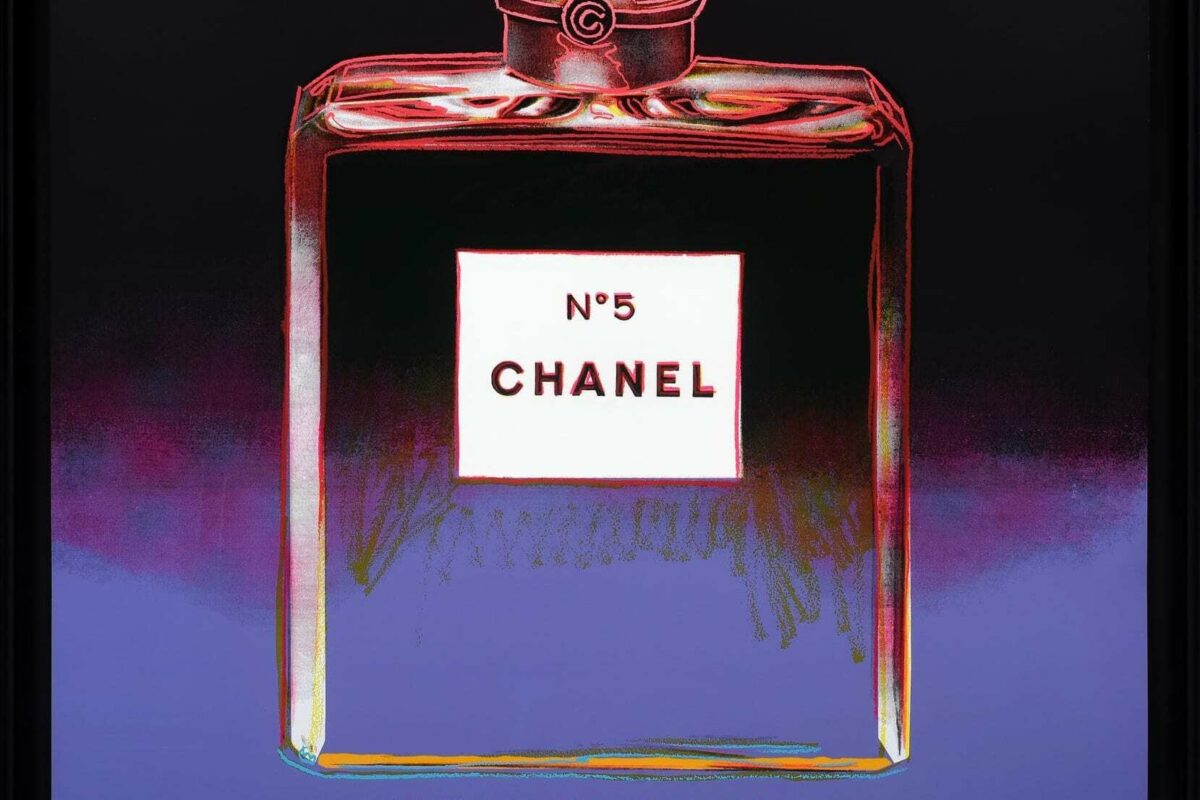The UBS Art Market Report has been bringing us insights since 2017. We get a taste of the future trends by delving into the who, how and why of buying.
By surveying the high net-worth individuals who attend Art Basel each year, Economist Dr Clare McAndrew draws on the data to present us with an accurate and easily digestible understanding of the trends and buying habits at the world-renowned fair.
Don't worry if you haven't read all of it - we’ve put together 5 of the key takeaways to keep you in the know.
Note, that the survey for this report is of high-net-worth individuals who attended Art Basel.
Generation X had the highest average spending in 2023 ($578,000), which continued in the first half of 2024.
Overall, Mainland China had the highest expenditure on art and antiques in 2023, following into 2024, suggesting a strong return on spending post-lockdown.
After paintings, works on paper and prints were in popular demand. This would have likely contributed to the greater buoyancy at the lower end of the art market - thus boosting sales at smaller prices and less at the top end.
Gallery visits and art events are high on the agenda for HNWIs. After public and private museums, visiting gallery exhibitions come in higher than pre-pandemic levels.
A little over half (52%) of spending by HNWI, in 2023 and 2024, was on artworks by new and emerging artists.
This is an exciting takeaway, as this financial investment plays a vital role in these artists' careers. This increases their visibility and share in the market whilst paving an important path for their growth.
Over the next 12 months, 43% of HNWIs plan to buy a work of art, while 55% are planning to sell.
According to The Art Market Report, one of the main motivations for selling works, mainly inherited, is very practical. 55% of HNWIs just don't have the space at home.















